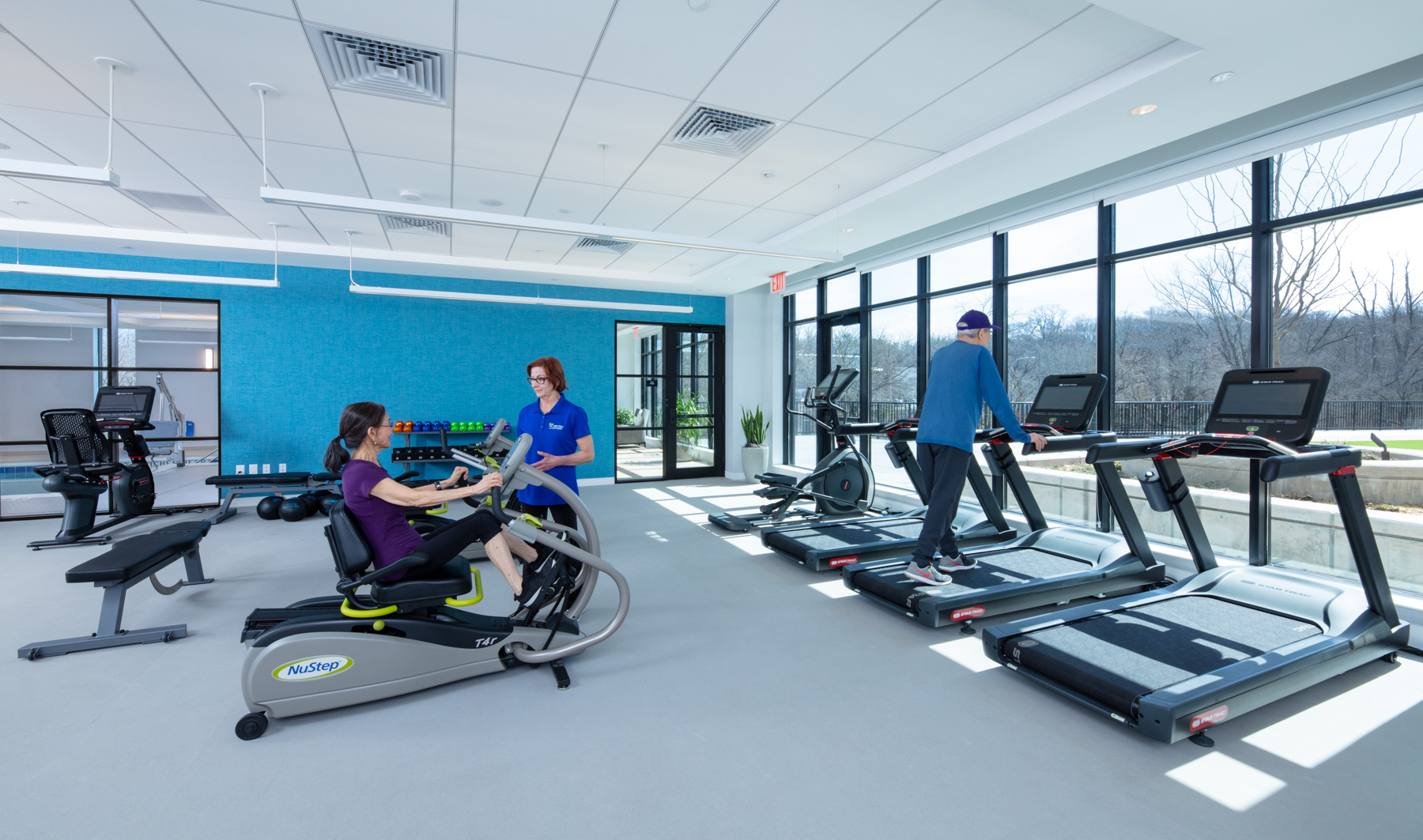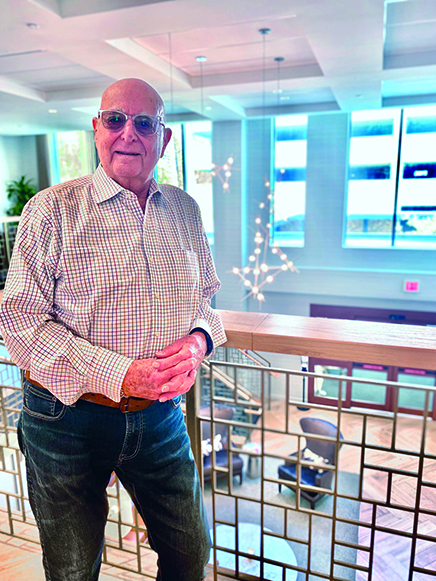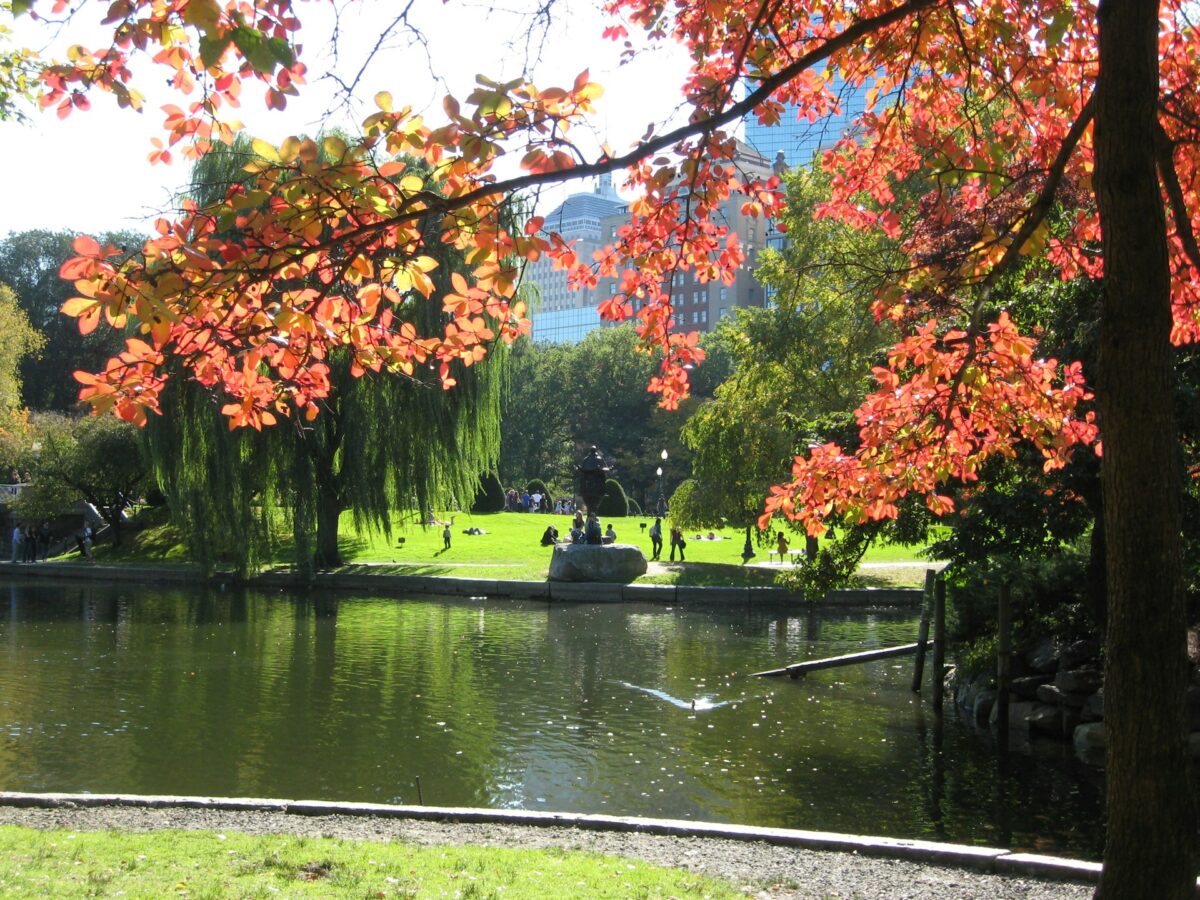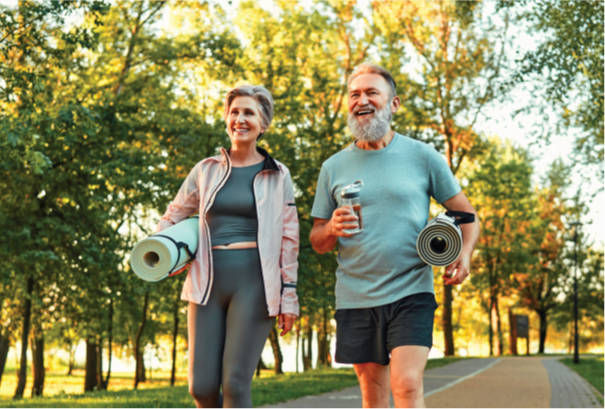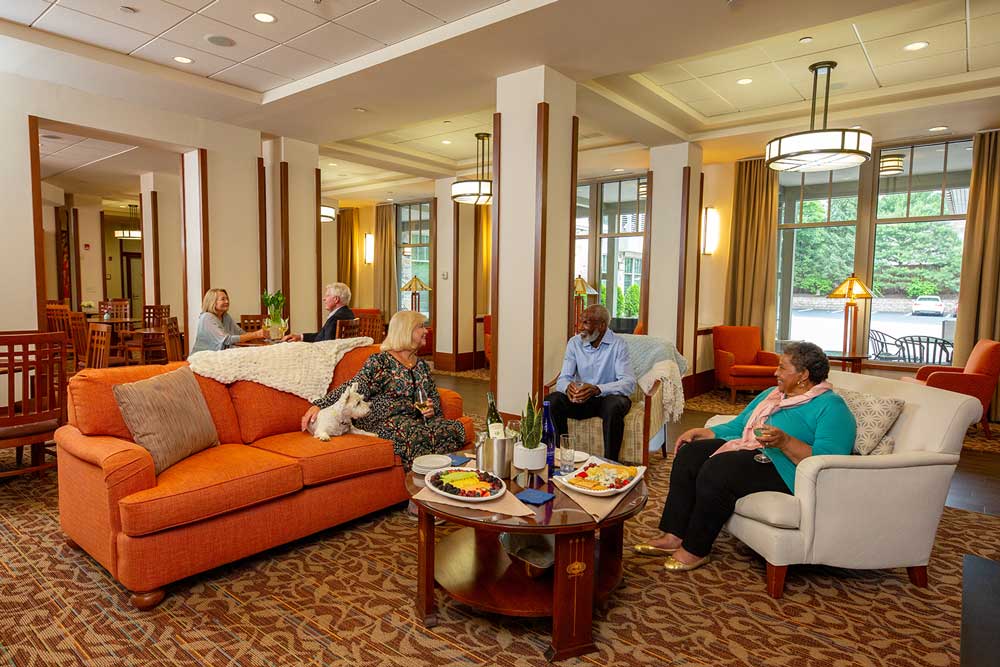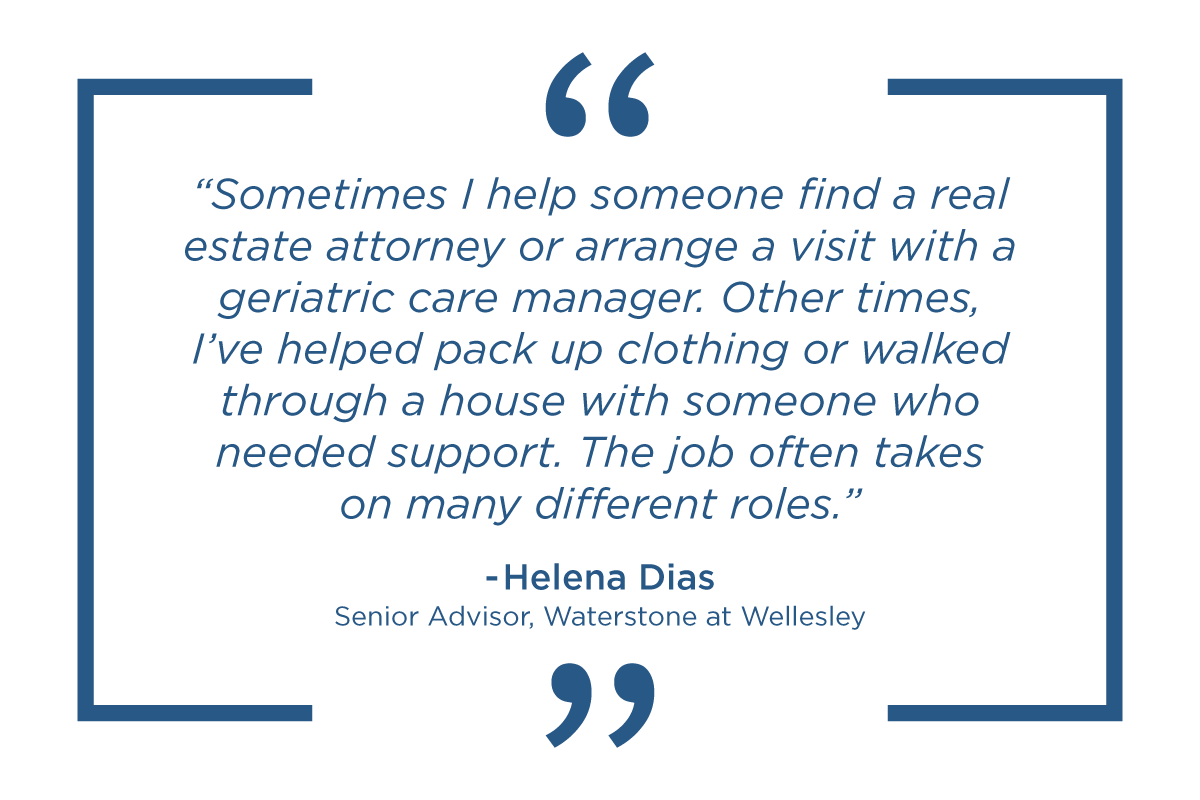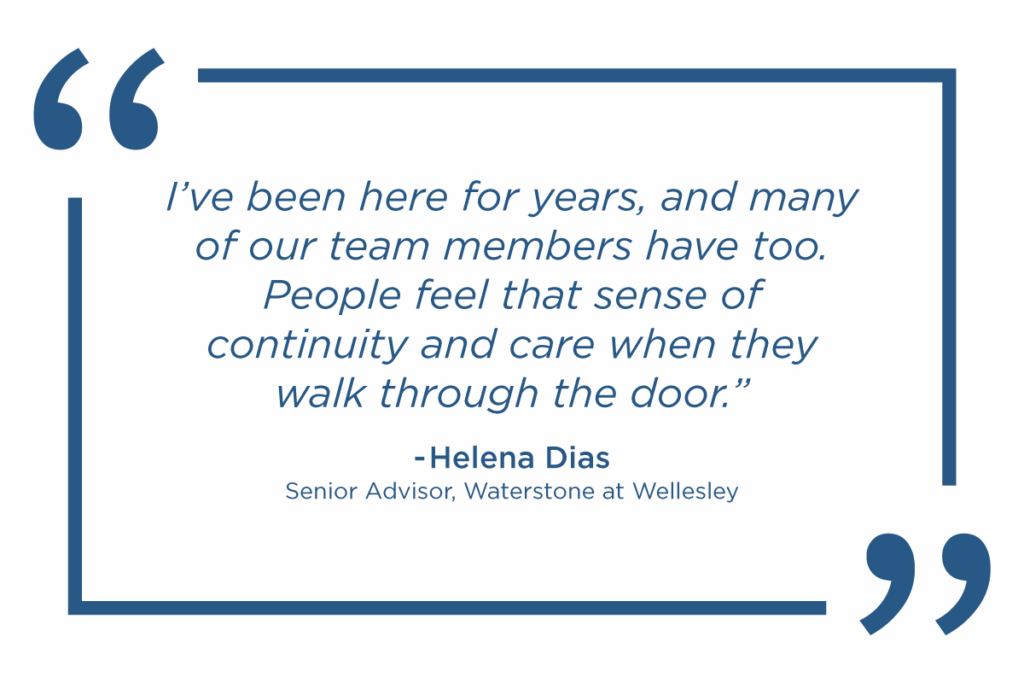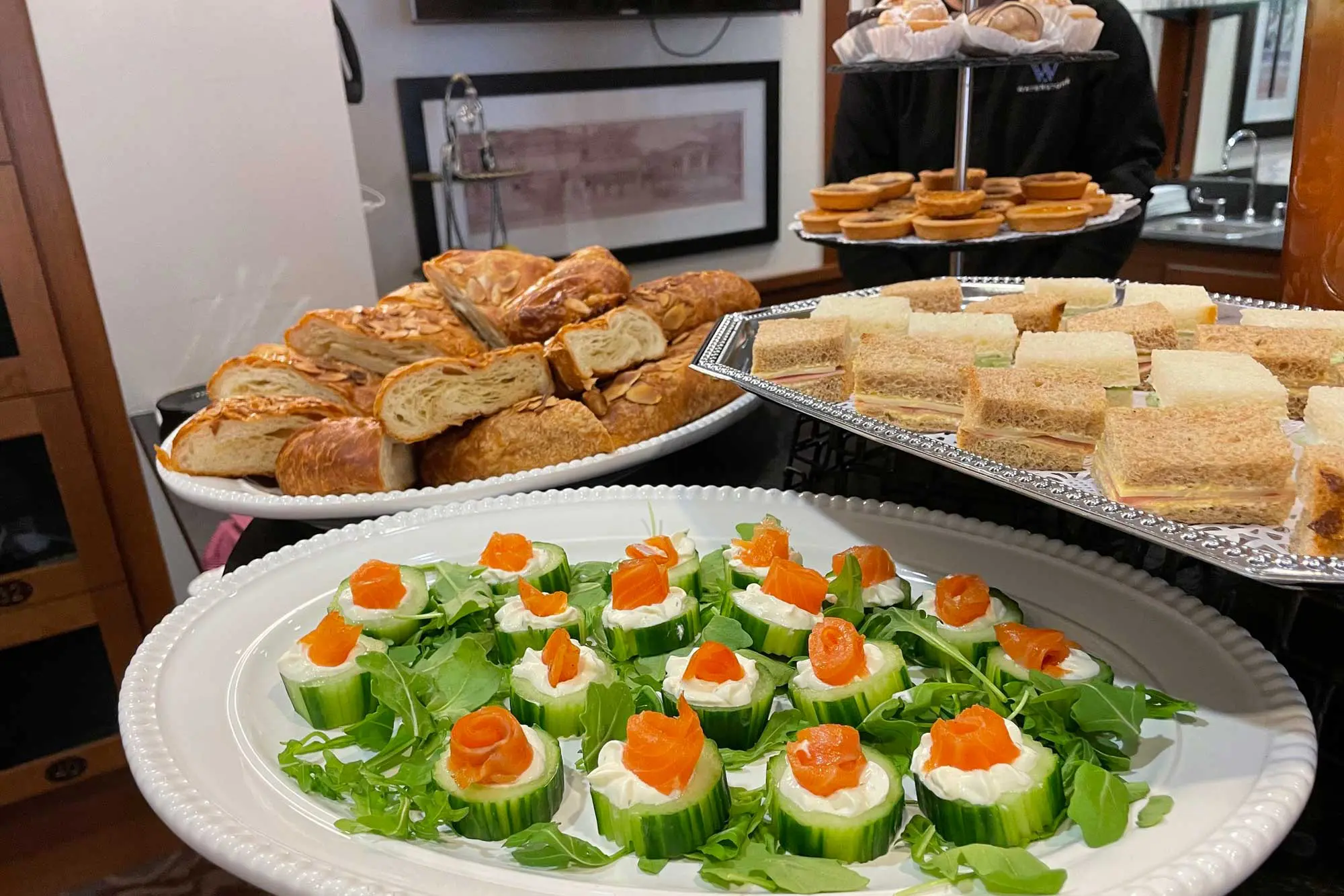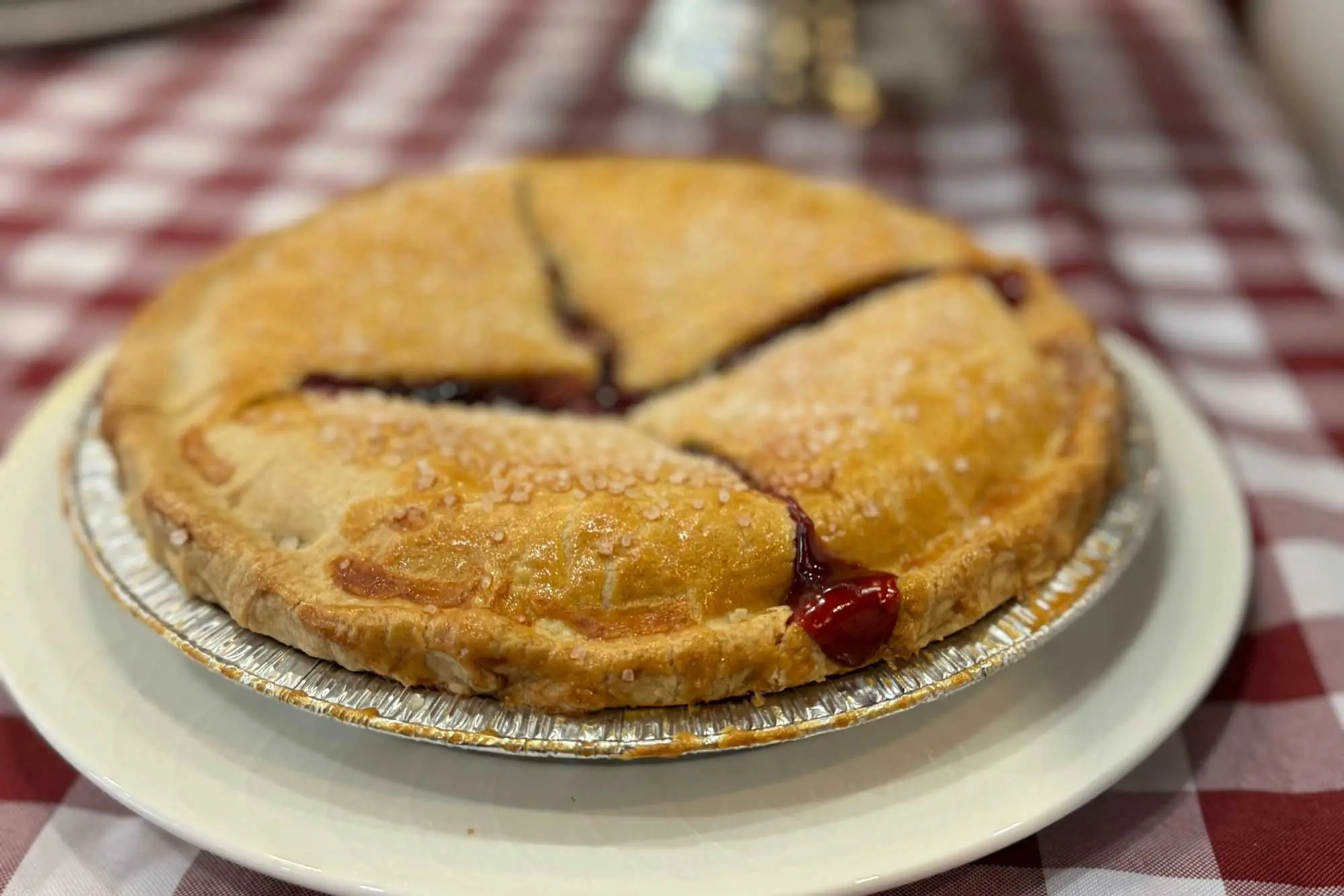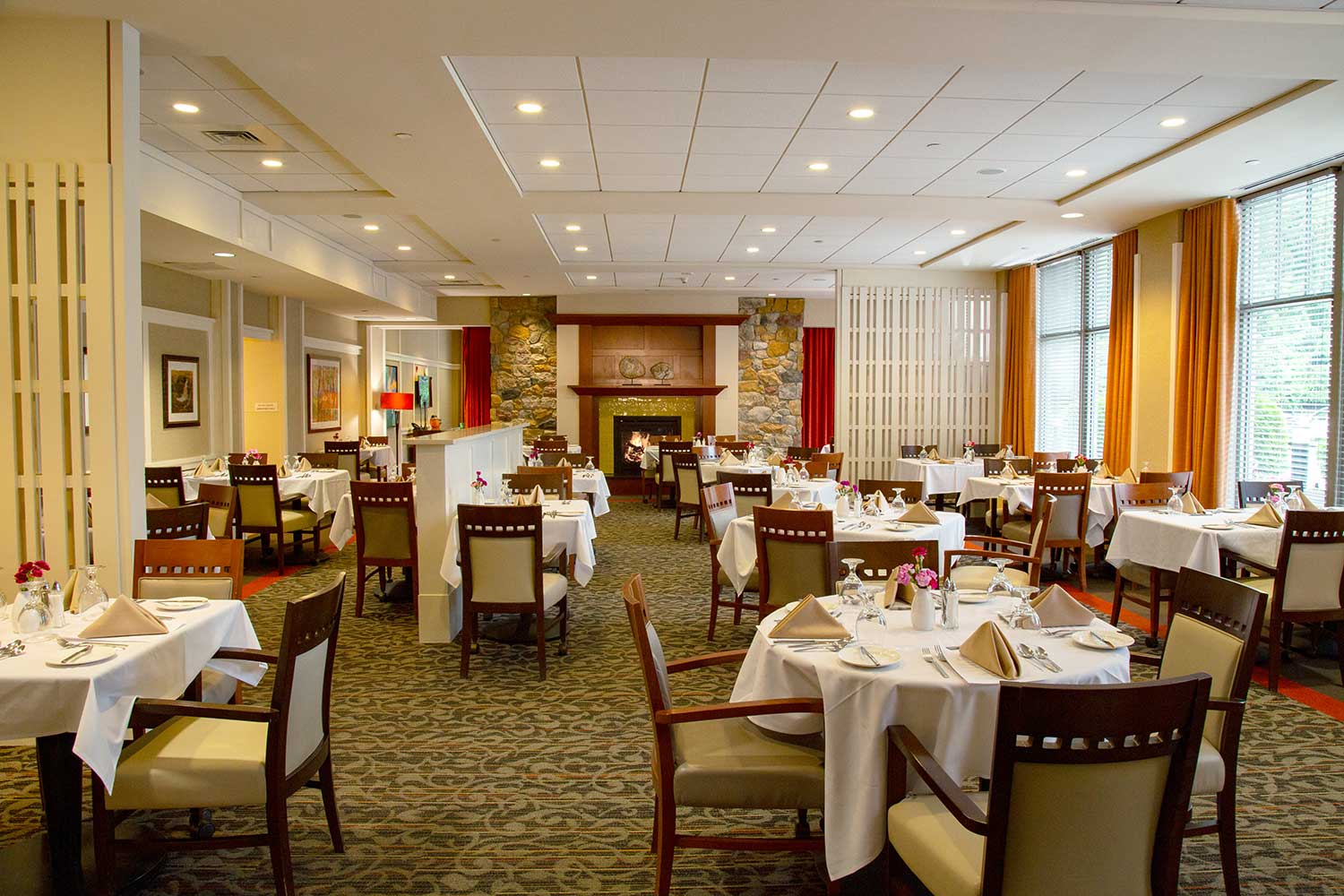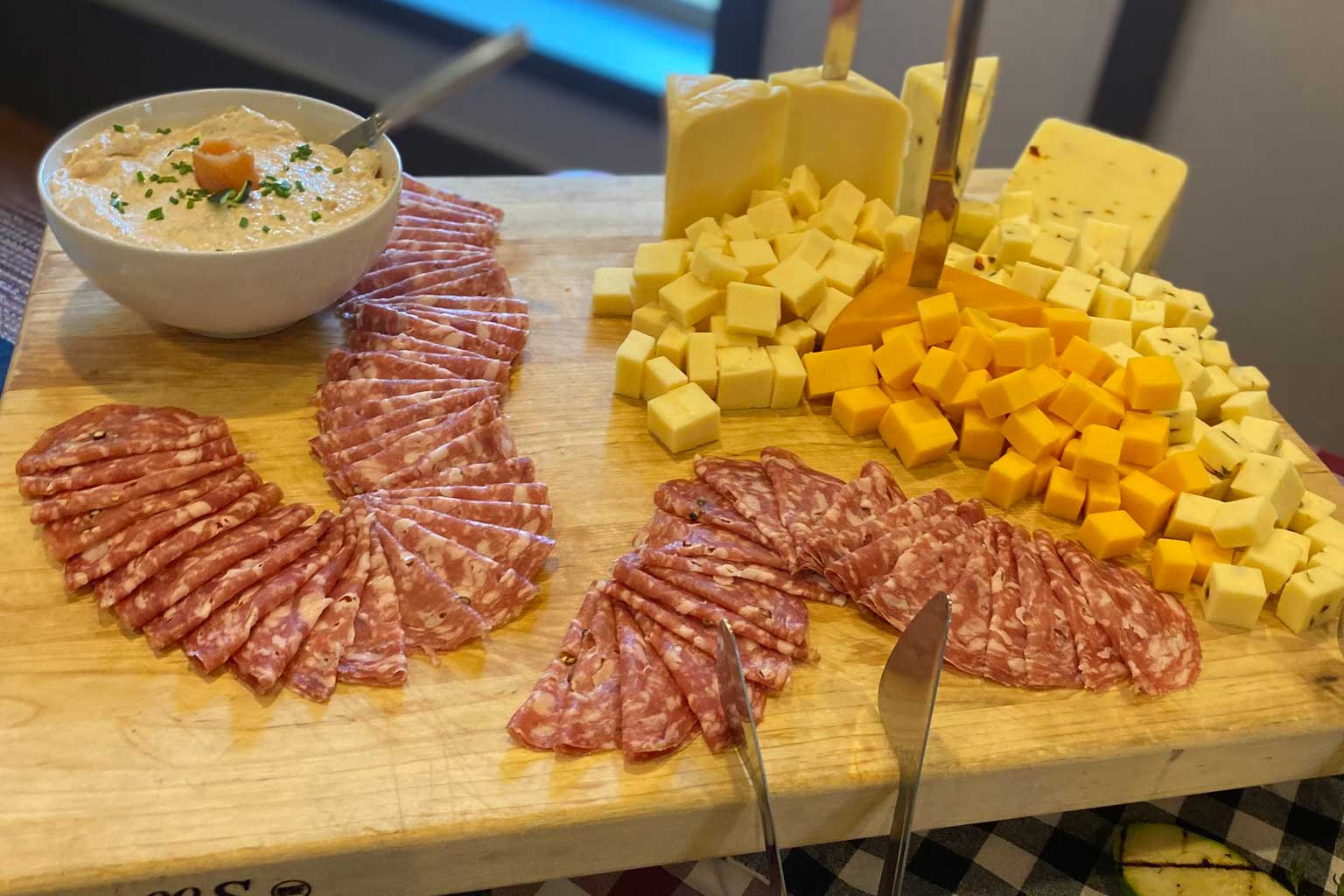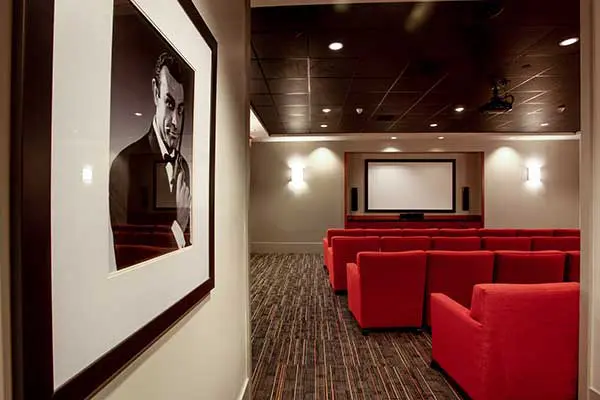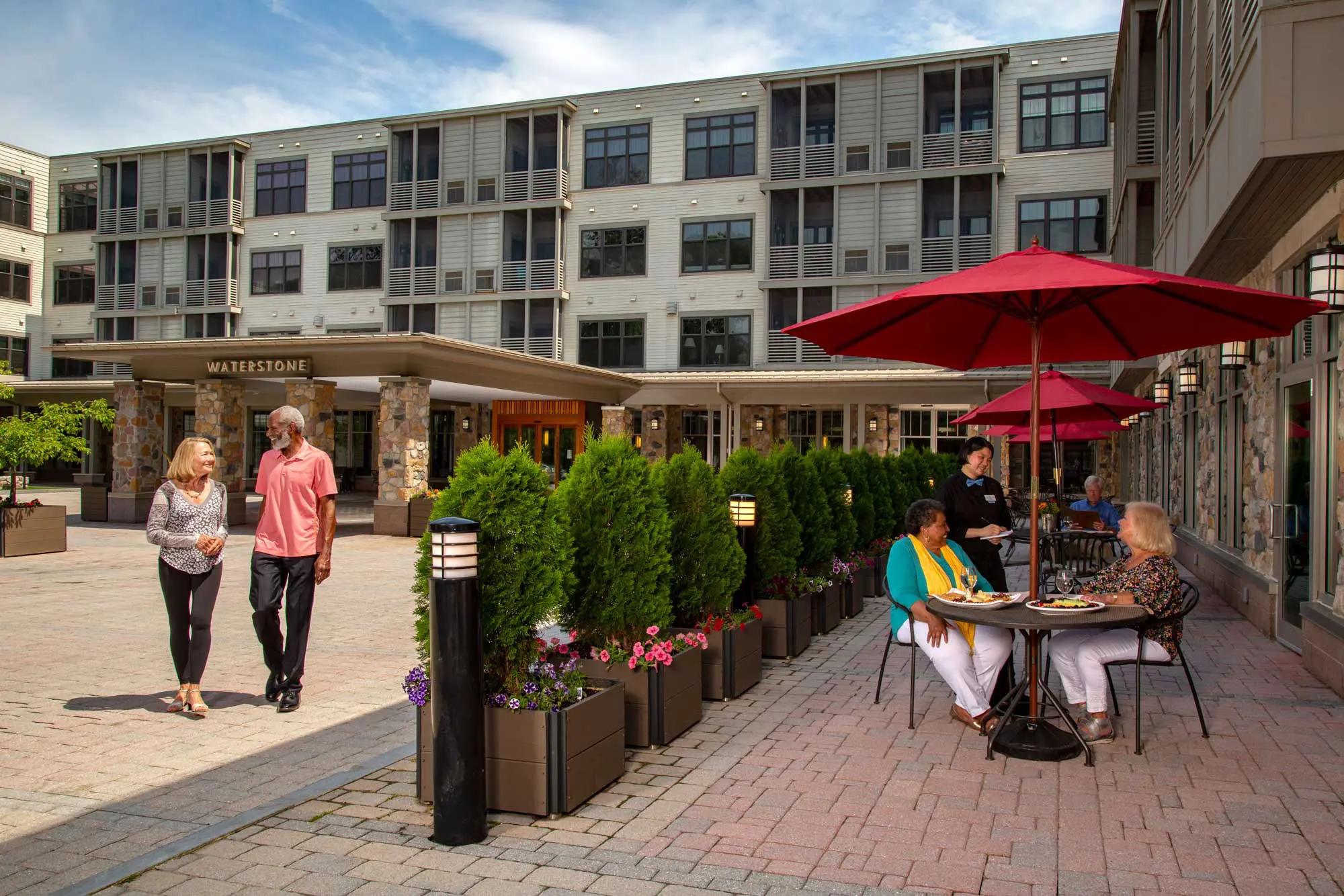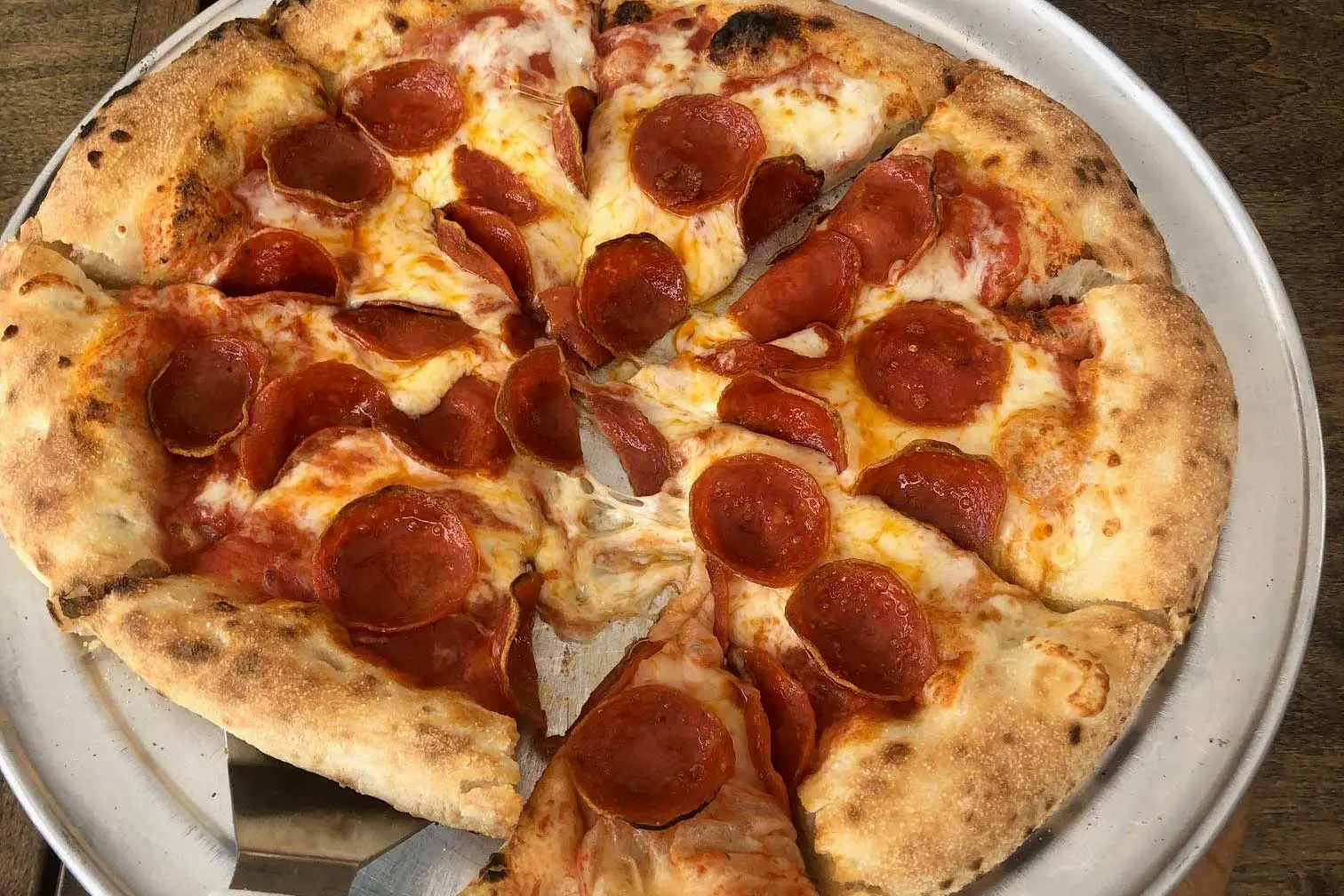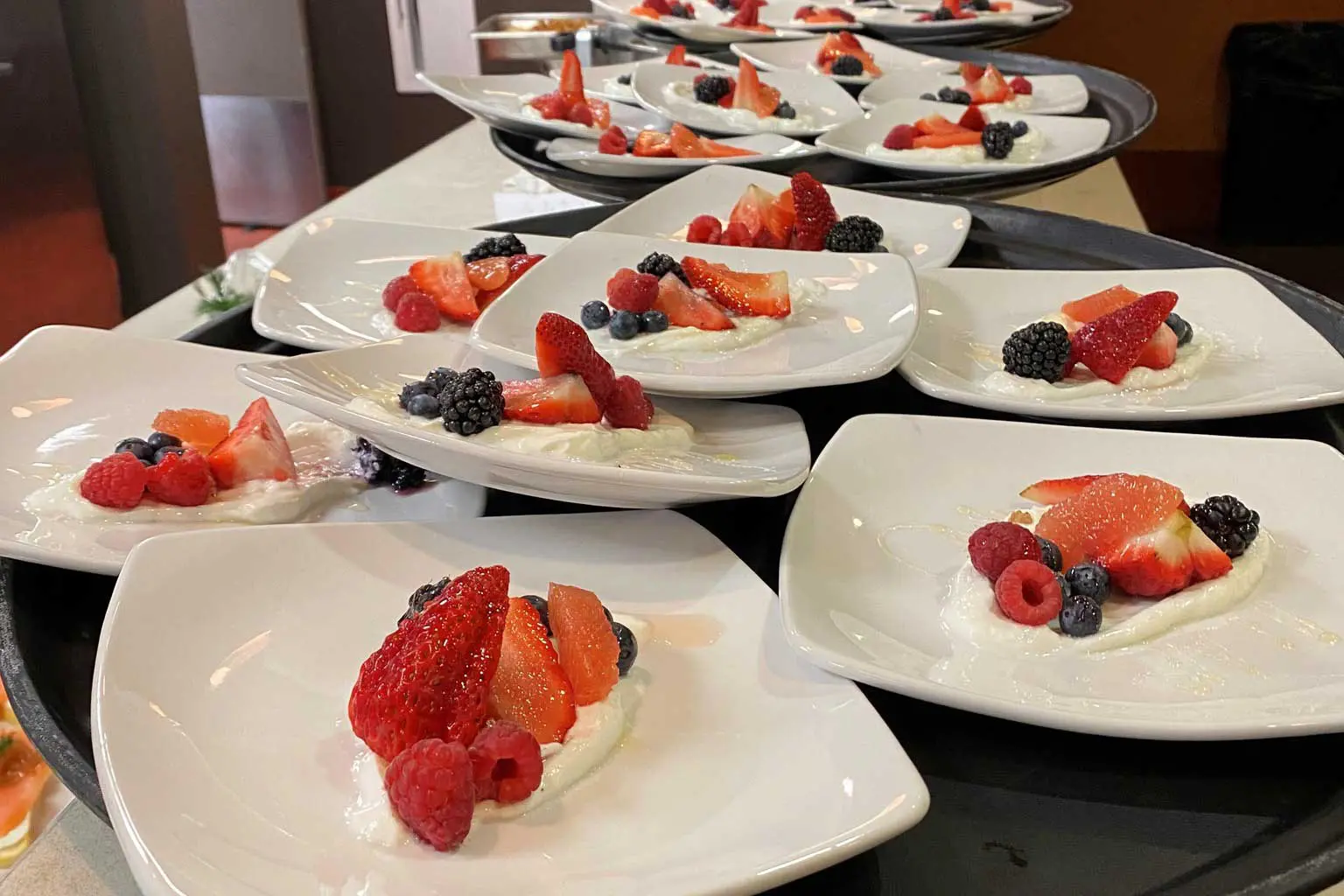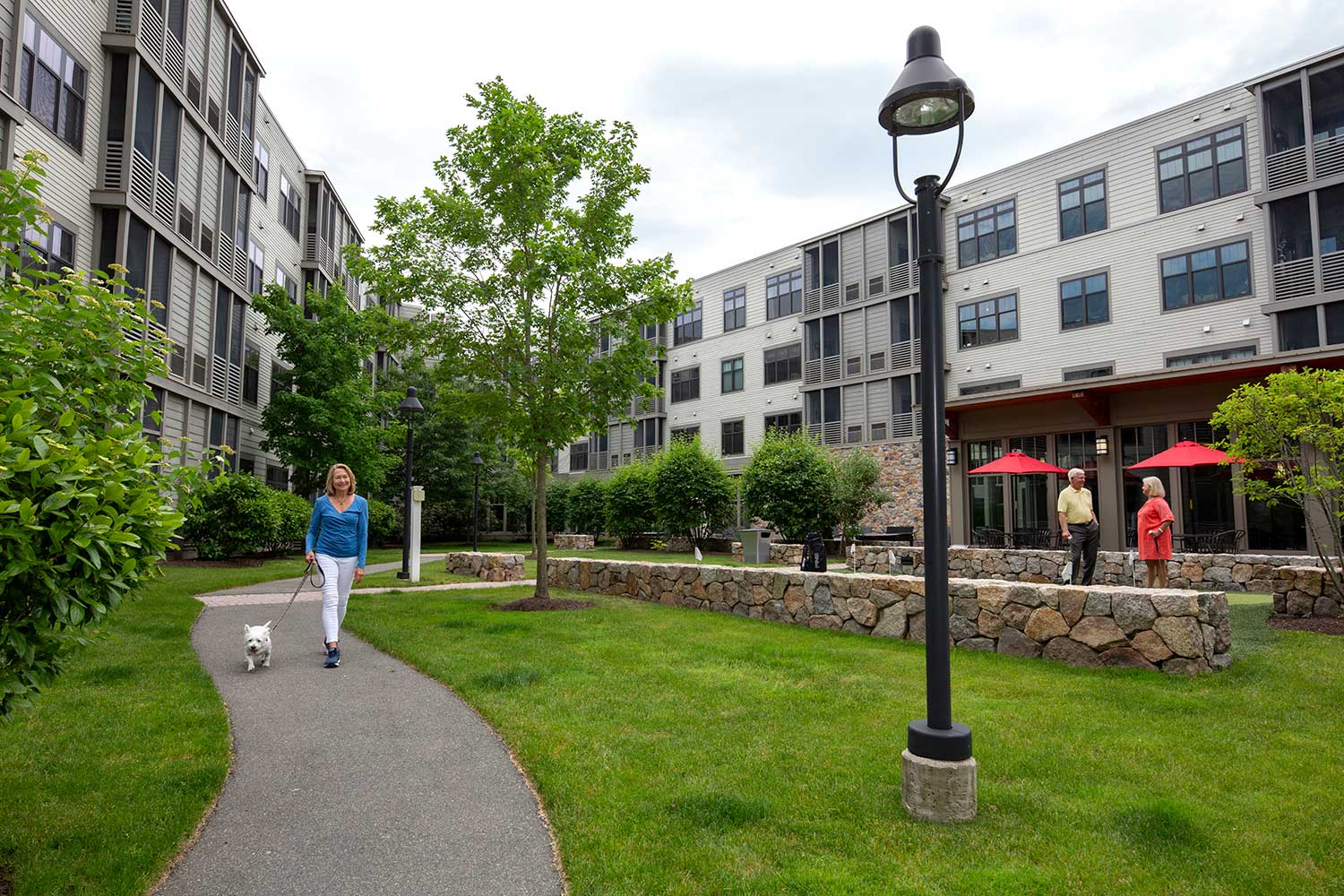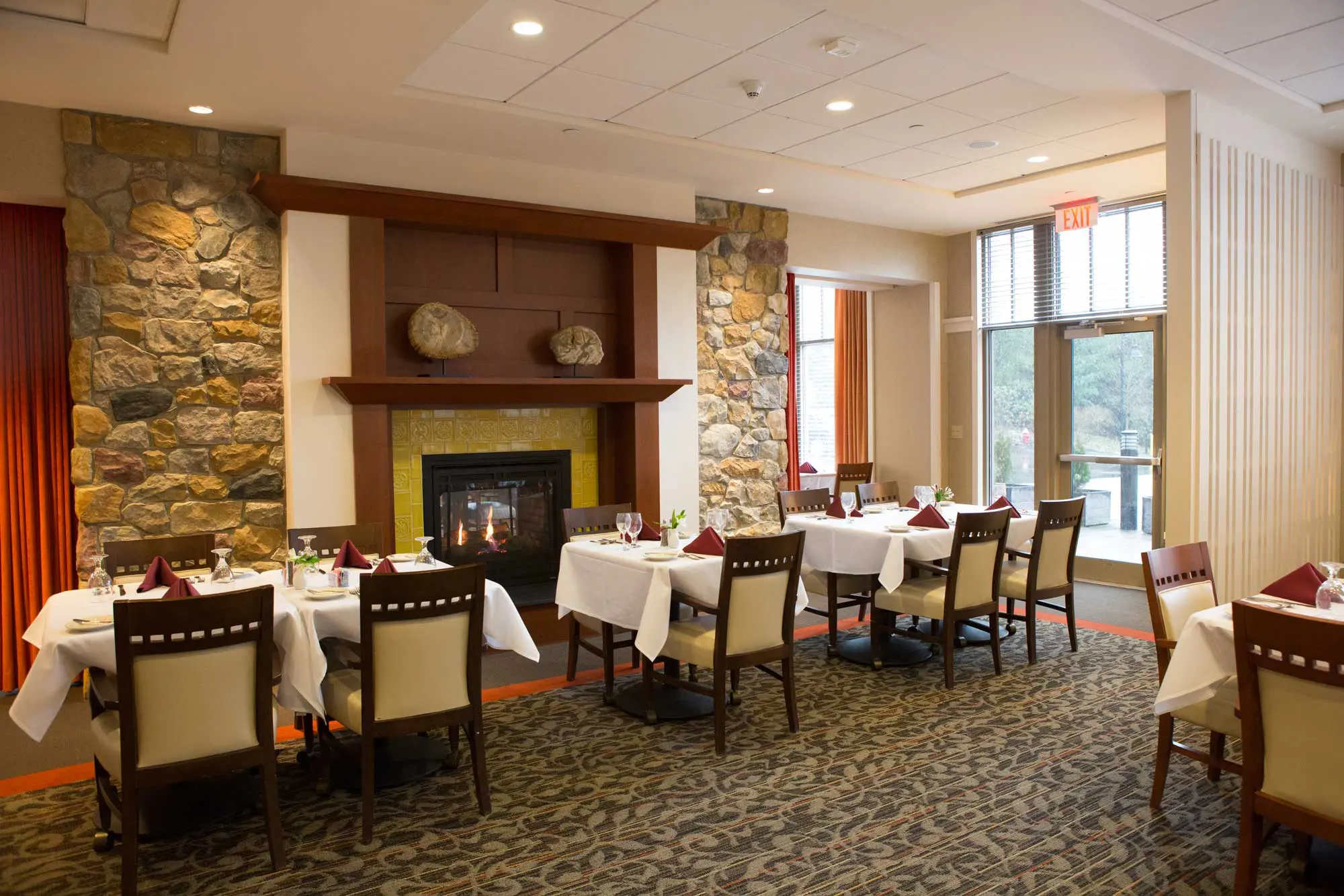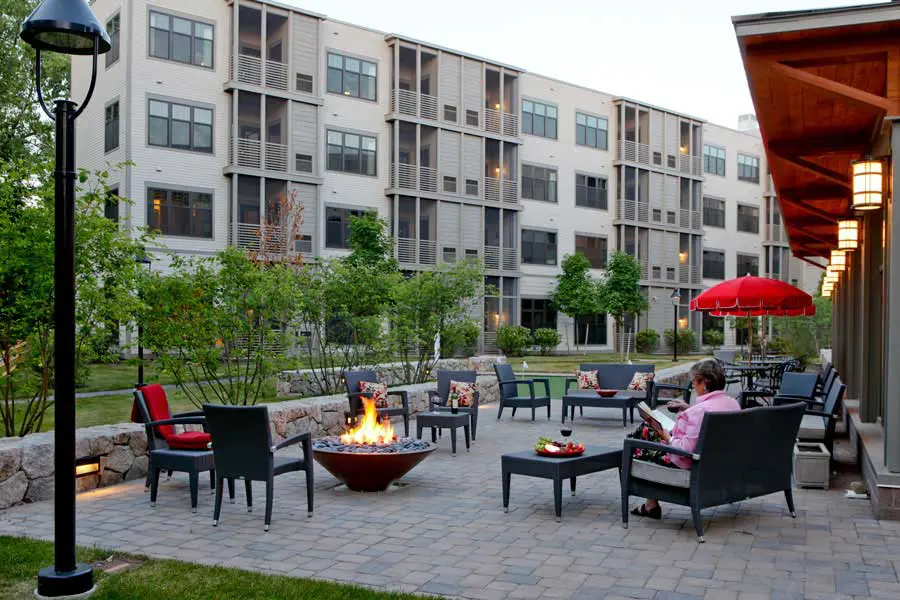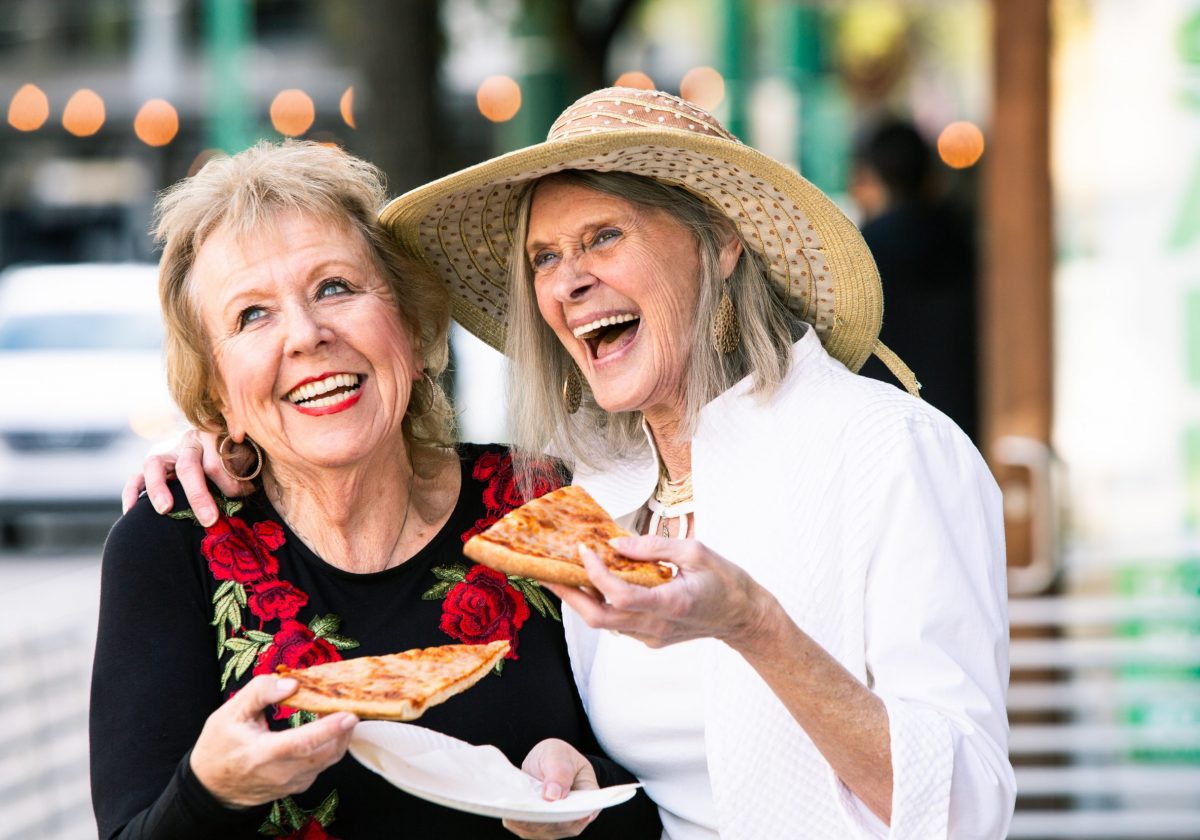You deserve to feel safe when you pick up the phone, open an email, or go online. Yet scams targeting older adults are rising every year — and many are aggressive, personal, and very convincing.
In 2024, people 60 and older reported more than 147,000 complaints and almost $4.9 billion in losses to the FBI’s Internet Crime Complaint Center. This was a 43% increase in financial losses from 2023. The average loss for victims over 60 exceeded $80,000.
Many people never report what happened, often because they feel ashamed or blame themselves. But know this: scammers succeed because they are skilled criminals, not because you are careless.
At Waterstone, we want you to feel informed, but not afraid. That is why we spoke with Detective Ian McEnaney of the Westford, Massachusetts Police Department. He and his colleagues speak at local senior centers and share alerts on social media to help older adults stay aware and prepared.
In this guide, we will answer common questions about scams that target seniors. You will learn:
- How some common scams work
- The red flags to watch for
- What to do if something feels wrong
With the right information, you can lower your risk and protect yourself.
If you’d rather listen to a conversation than read, we sat down with Detective McEnaney on a recent episode of our EPOCH Exchange podcast. See the episode below:
Why do scammers target older adults?
Scammers target people of all ages, but some criminals may focus on older adults.
Scammers see older adults as good targets because:
- You may have retirement savings or home equity that they want to reach.
- You often grew up in a culture that rewards politeness and trust, even with strangers.
- You may feel lonely or isolated, especially after a move or major life change. The isolation equates to vulnerability.
- You might feel less confident with new technology, which makes you more susceptible to online tricks.
- You may value your independence, meaning you don’t want to “bother” family or the police when you encounter something suspicious.
- You may be embarrassed to report losses, making you ‘low-risk’ for criminals.
Scammers use these factors on purpose. As Detective McEnaney explains:
“They build a story, apply pressure, and keep you from checking with someone you trust. They also use new tools, such as caller ID spoofing, fake websites, and even AI voice cloning, to make the story feel real. As accessible technology becomes more sophisticated, scams get harder to spot.”
But you still hold real power. Awareness, quick questions, and a strong support network greatly lower your risk. Resources like the FBI Elder Fraud page and the FTC’s Protecting Older Consumers report show that informed older adults stop scams every day.
What are the most common scams targeting people over 60?
The same scam types keep showing up, even if the finer details change. Most scams that target older adults fall into a few main groups:
- ‘Grandparent’ or family emergency scams
- Romance and trust scams
- Tech support and computer pop-up scams
- Government and business impersonation scams
- Toll and traffic text scams
- Investment and “high return” scams, often using cryptocurrency
Let’s give a brief overview of each:
What is a grandparent scam?
A so-called grandparent scam manipulates through fear and urgency around a loved one.
Someone calls or messages you and claims your grandchild or another relative is in trouble. They may say there was something like a car crash or an arrest. They often pretend to be a lawyer, a police officer, or even the grandchild affected.
They then tell you to send money right away and often tell you to keep it secret.
Common red flags:
- The caller pressures you to act before you hang up or think
- You feel panic and confusion, and do not get clear details
- The caller wants payment by gift card, wire transfer, or cryptocurrency
- The caller will try to prevent you from calling your family to confirm the story
What is a romance or “trust” scam?
A romance scam starts with friendship and trust, often online.
Scammers usually contact you on dating sites, social media, games, or messaging apps. They create a warm, caring relationship and move conversations off the original site (and away from the rules and surveillance of that original site). After trust grows, they introduce a crisis or “great investment.”
They then ask for money, gift cards, or help moving funds.
Watch for these signs:
- The person avoids video calls or in-person meetings
- The relationship feels rushed and overly intense
- The person often talks about money, investments, or emergency needs
- The person asks you to send money or share banking details
You can read more examples on the FTC’s Romance Scams page.
What is a tech support scam?
A tech support scam pretends to fix a problem that does not exist.
You may see a pop-up on your computer that says “Your device is infected” and lists a phone number. Or you may get a call from someone who claims to work for a big company like Microsoft.
They often:
- Ask you to give them remote access to your computer
- Request your passwords or banking information
- Charge large “service fees” for fake repairs
Real companies do not call out of the blue about a virus on your device. The FTC explains these tricks in its guidance on tech support scams.
What is a government impersonation scam?
A government impersonation scam uses fear of fines, arrest, or benefit loss, playing on the authority of a government source to intimidate.
Scammers pretend to be from agencies such as:
- Social Security
- Medicare
- IRS
- The FTC or FBI
- Local police or courts
They often claim:
- You owe money or face arrest
- Your benefits will stop
- Your identity was stolen, and they need “verification”
They then pressure you to pay quickly or share personal information, such as your Social Security Number.
Real agencies do not demand payment by gift card, wire transfer, or cryptocurrency. The FTC’s guide on government impersonation scams gives more examples and tips.
What is a toll or traffic text scam?
Toll and traffic text scams try to trick you with a fake fine.
You might get a text that says you owe unpaid tolls or road fees, with a link to “pay now.”
In Massachusetts, officials have warned about fake EZDriveMA and E-ZPass messages that try to steal payment details.
Key warning signs:
- You do not use that toll service or have recently changed states
- The link looks odd or does not match the real agency website
- The message threatens large penalties if you do not click right away
MassDOT explains how these texts work and how to stay safe in its EZDriveMA scam alert.
What is an investment or “high return” scam?
Investment scams promise large, quick returns with little risk. Many now use cryptocurrency, foreign exchange, or “exclusive” trading platforms aimed at retirees.
Common signals:
- “Guaranteed” returns or secret strategies
- Pressure to keep the opportunity private
- Requests to move retirement savings or home equity quickly
- Confusing online dashboards that show fake “profits”
You can check offers against the resources in the FTC’s Top scams of 2024 alert and with state regulators before you invest.
What red flags should you watch for in any scam?

Detective McEnaney reminds us that, while scams look different and tactics change, the same warning signs appear again and again. You can spot these patterns and step away before you lose money.
Big picture red flags
- Someone creates panic or excitement to try to make you act fast
- You feel you must decide during that call or message
- The person tells you not to speak with family, the bank, or the police
- The story feels complicated, vague, or keeps changing
Payment red flags
Scammers push payment methods that are hard to trace or reverse.
Treat the situation as high risk if someone:
- Asks you to buy gift cards and read the numbers
- Tells you to wire money to a person you do not know
- Demands payment in cryptocurrency
- Sends a QR code or link for “instant” payment
- Wants you to send money through a payment app to a stranger
If someone pressures you to use any of the above methods, consider it an immediate sign of a scam.
Detective McEnaney can’t stress enough: “Legitimate businesses and government agencies do not demand payment this way.”
The FTC explains this clearly in its Scams and Cryptocurrency scams advice.
Communication red flags
Scammers try to sound official or familiar.
Watch for:
- Calls or texts from unknown numbers that demand money
- Caller ID that looks local or matches a business, but the call feels wrong
- Email addresses that almost match a real address but not quite
- Messages that ask for passwords, security codes, or full Social Security numbers
Phishing emails and texts often copy real logos and styles. The FTC’s guide on phishing scams shows clear examples.
Tech and device red flags
Tech support scams often start with fake warnings.
Be very careful if:
- A pop-up suddenly claims your computer has a serious virus
- The message gives a phone number and tells you to call right away
- Someone calls and says they are from Microsoft, Apple, or your bank’s “security team”
- The person asks for remote access to your computer
- The person wants your passwords or banking logins
Real companies do not reach out this way. The FTC reminds you never to give remote access to someone who contacts you first in its tech support scam advice.
Emotional red flags
Scammers study human behavior. They use feelings as tools to try to manipulate you into action.
Pause when you notice:
- A strong rush of fear, shame, or excitement
- A sense that you must help “right now” or someone will suffer
- Pressure to keep secrets from your spouse, children, or others
- Worry that you will “get in trouble” if you ask questions
Detective McEnaney once more asks people to trust their instincts: “You can trust that inner alarm and your gut instinct. If something feels off, it probably is.”
How should you respond in the moment if something feels off?

You can try to remember to follow three simple steps:
1. Pause
It is highly unlikely you’ll ever have to act immediately in the moment of a phone call, email, or text message. So, always remember you have time to pause:
- Take a breath and slow everything down
- Remind yourself that real organizations give you time
- Tell the caller you need to think, then end the call
Detective McEnaney’s advice supports this: “Let unknown numbers go to voicemail. You can always listen later and decide how to respond to any given situation.”
2. Verify
You choose who to contact and how.
Use these checks (depending on the circumstances of the scam)
- Do not use phone numbers or links the caller provides
- Look up the official number (on your bank card, agency website, company website, etc.)
- Call the family member who supposedly has the emergency
- Talk with a trusted person – a family member or friend. A second pair of ears can reassure you and spot flaws
If a message claims to be from a government agency or the FTC, remember the FTC’s clear rule. It will not threaten you or tell you to move money to “protect it.”
3. Report and Block
You help protect yourself and others when you report suspicious activity.
In the moment, you can:
- Hang up and block the number on your phone
- Mark emails or texts as junk or spam
- Take screenshots of texts, emails, or pop-ups
- Write down what happened, including times and phone numbers
If you have already sent money or given information, move quickly:
- Call your bank or card company and report fraud
- Change passwords for email, banking, and key accounts
- Turn on two-factor authentication for important accounts
Then file a report with:
- Your local police department
- The FTC at ReportFraud.ftc.gov
- The FBI’s Internet Crime Complaint Center at ic3.gov
The FTC describes what to do in detail in its guide, What to Do if You Were Scammed.
Did you know: What is two-factor authentication?
Two-factor authentication adds an extra step to your login. You enter your password, then confirm a code sent to your phone in an app or a text message. Two-factor authentication makes it much harder for scammers to break in, even if they know your password.
Many banks, email services, and social media sites now offer two-factor authentication. You can usually turn it on in the “Security” or “Login” settings. You’ll just need to follow the instructions to set it up.
Detective McEnaney: “You do not need to feel embarrassed. Scammers use very advanced tricks. Quick action and honest reporting help you limit harm. We in local law enforcement will always want to know the details so we can help identify the patterns of the latest scam techniques.”
How can you protect yourself online and on social media?

You protect yourself online by limiting what you share and checking links. Also, make use of any security tools available.
Online scams often start with small pieces of information. Scammers collect details from social media, public records, and data breaches. They then build a convincing story around you or your family.
You can lower your risk with a few habits:
Limit what you share
Treat your personal information as valuable.
- Keep your full birth date, home address, and phone number off public profiles
- Avoid sharing details about travel plans, daily routines, or when you will be away from home
- Do not post photos of new IDs, credit cards, or tickets
- Review your “About” and profile sections at least twice a year
The FTC’s guide to Online Privacy and Security explains how your data can spread and how to control it.
Tighten social media settings
Most sites let you limit who sees your content.
- Set your profiles to “friends only” or similar private settings
- Review friend or follower lists and remove people you do not recognize
- Decline friend requests from strangers
- Turn off location sharing on posts and photos
Massachusetts officials warn that many social media scams begin with fake profiles that build trust, then send links or requests for money.
Check links and online stores
Scammers often use fake websites and online shops.
Before you click or buy:
- Hover over links to see the real web address
- Check that the site uses “https” and has a clear business name
- Search the company name plus words like “scam” or “reviews”
- Be careful with offers that seem much cheaper than everywhere else
The Massachusetts Attorney General’s office shares tips on avoiding fake online offers and related scams on its Avoiding Scams and Frauds page.
Strengthen your accounts and devices
Strong security tools give you extra layers of protection.
- Use a unique password for each important account
- Turn on two-factor authentication where possible
- Update your devices regularly (don’t ignore those update requests!)
- Install reputable antivirus or security software and let it run updates
- Log out of accounts on shared or public computers
You can find step-by-step instructions in the FTC’s Online Security resources.
Stay alert to social media scams
Many online scams now use social media as the starting point.
Common tricks include:
- Fake online stores that never ship items
- Romance scams that move quickly to private messages
- “Celebrity” or “charity” accounts that ask for money
- Fake giveaways or grants that ask for fees or personal details
The AARP’s guide on social media scams explains how these schemes hook older adults with convincing posts and ads.
Many of us have built great antennae to detect when something just feels off. If you get that vibe, trust yourself. Do not reply. Block the account and report it on the platform.
What can family members do to protect a loved one from scams?
You can protect a loved one by talking often and keeping money decisions simple.
Start with regular, calm conversations. Bring up scams when you see a news story or get a strange text yourself. Say that you want to hear about odd calls or messages, even if they seem small.
Promise that you will not judge or blame; you are on the same team.
Agree on a few clear rules. For example, you and your loved one can decide that they will:
- Call you before sending a large payment
- Never buy gift cards for someone who contacts them out of the blue
- Pause and check with you if a caller says there is an emergency
Watch for quiet warning signs. A new online friend who appears suddenly. Growing anxiety about phone calls. Secretive behavior around bank statements or emails. If you notice these shifts, stay calm. Ask open questions, then suggest you look at messages and accounts together.
What should you do if you have been scammed?

You should act quickly, but you do not need to panic. You still have options.
1. Contact your bank or card company right away
Explain what happened. Ask them to block or reverse any suspicious payments. If you used a payment app, gift card, or crypto platform, contact that company too.
2. Secure your accounts and identity
Change passwords, especially for email and banking. Turn on two-factor authentication. If you shared sensitive details, place a fraud alert or credit freeze with the credit bureaus through IdentityTheft.gov.
3. Report the scam
Reporting helps you and protects others. Save all emails, texts, receipts, and screenshots — they may help banks or law enforcement recover funds. File reports with:
- Your local police department
- The FTC at ReportFraud.ftc.gov
- The FBI Internet Crime Complaint Center at ic3.gov
4. Tell someone you trust
Talk with a family member, caregiver, or Waterstone team member. You can also call the AARP Fraud Watch Network Helpline (1-877-908-3360) for support and guidance.
Another reminder from Detective McEnaney: “You did not cause the scam. Scammers target smart, careful people every day. Speaking up and acting fast helps you limit the damage and keep others safer. We will always want to know the details because knowledge is power for us, too.”
Where can you find trusted scam alerts and more information?
You can bookmark a few trusted sites and phone numbers. Use this table as a quick guide.
| Need | Who to contact | How they help |
| Report any scam or fraud | Federal Trade Commission (FTC) – ReportFraud.ftc.gov | File a report, get next steps, and see current scam warnings |
| Learn about common scams and how to avoid them | FTC Scam and Fraud Advice – consumer.ftc.gov/scams | Read simple guides on tech support, romance, government impersonation, and payment scams |
| Report online or internet-based crime | FBI Internet Crime Complaint Center (IC3) – ic3.gov | Report internet scams, including email, websites, social media, and online investment fraud |
| Understand trends affecting older adults | FBI Elder Fraud Program – Elder Fraud page on fbi.gov | See current data, common schemes, and prevention tips for people 60+ |
| Get help if your identity may be stolen | IdentityTheft.gov – identitytheft.gov | Create a recovery plan, place alerts, and learn how to protect your identity |
| Get ongoing education and one-on-one support | AARP Fraud Watch Network – aarp.org/money/scams-fraud and Helpline 1-877-908-3360 | Read scam alerts, watch videos, and speak with trained fraud specialists |
| Stay aware of local scams | Your local police department | Learn about scams in your area and ask how to report suspicious activity |
Key Takeaways on Scams
Scams and scammers thrive when people don’t speak up, when people are too scared or embarrassed to take action.
If something feels wrong, speak up, ask for help, and report it. You, your family, your Waterstone community, and local police are on the same side.
Now that you’ve finished this guide, take one small step to stay safer. Turn on a security feature, talk with family, or browse these resources for further details. These simple actions today, alongside greater awareness, make you less vulnerable. Staying informed is the strongest protection. You don’t need to memorize everything — even one or two habits can dramatically lower your risk.


